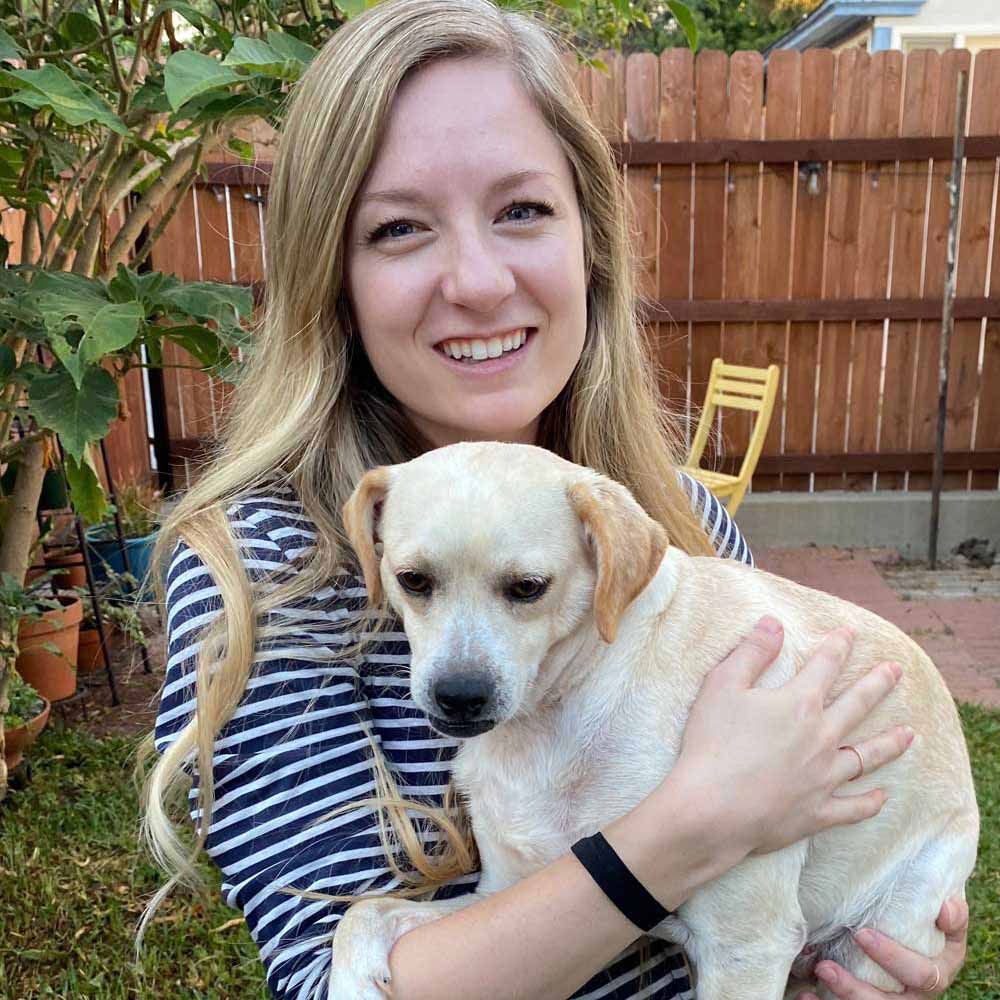As a millennial, I’m always intrigued and inspired by what my peers are doing in the world and workplace. So when I read a recent study on millennial engagement in the workforce, I was shocked that they’re not only the largest generation in the workforce, but the most likely employees to job-hop.
A recent Gallup report on the millennial generation reveals that only 29% of millennials are engaged at work.¹ Wow. So what can we do about that?
In a time when so many millennials feel disconnected from their companies, mentorships can help bridge the gap between employers and employees. In a recent survey by PeopleFluent, 78% of millennials said being a part of a mentorship program made them feel more engaged with their organization.²
According to a recent article in the Harvard Business Review, those with strong mentors achieve more rapid professional advancement, higher salaries, greater organizational commitment, stronger relational skills and higher job satisfaction.
But mentorship doesn’t just help millennials. A successful mentorship program engages all levels of the workforce and allows those who are further along in their careers to impart wisdom and counsel to others – giving them a new and meaningful way to contribute. High impact programs encourage mentors and mentees to have productive conversations and encourage a culture of learning.
Mentorship can be a powerful tool to engage employees, boost retention and develop future leaders, but these results aren’t achieved without thorough planning. There are many ways to structure a mentorship program. Here are a few tips to help you create a successful one:
- Clearly identify your program’s purpose and vision.
Identify the purpose of your mentorship program and set clear guidelines for what a successful mentorship looks like at your company. Share the program purpose with all participants, and remind them of it again periodically throughout the relationship – especially as you discover new learnings and wisdom to impart.
- Make meaningful matches.
One of the most important components of a successful mentor/mentee match is ensuring that the mentor has the skills and experience to help the mentee grow. This requires taking time to meet with the mentee or their supervisor to clearly identify areas of development or skill sets to focus on during the mentorship.
- Define the relationship.
Provide each mentor/mentee with a clear objective for the mentorship meetings to ensure that conversations are productive. Ask each pair to schedule regular meeting times for discussion and provide a start and end date for the program.
Offer suggestions for conversation starters, relevant topics of discussion, questions to uncover areas of improvement and other guidelines to help make the discussions more productive for everyone involved.
- Check in!
Lastly, check in with the mentor/mentees with consistent communication and engagement. Establish checkpoints to ensure that the meetings are beneficial for both parties and help provide relevant, timely topical content as needed.
Now that you have some ideas of how to incorporate an effective mentorship program into your organization, it’s time to get started. Follow these tips to develop stronger, healthier working relationships for employees at all stages of their careers – and prepare to see their engagement rates soar!
Sources
¹Adkins, Amy. Millennials: The Job-Hopping Generation.
²Chronus. How to Start a High-Impact Mentoring Program
³W. Brad Johnson, David G. Smith, and Jennifer Haythornthwaite. Why Your Mentorship Program Isn’t Working





